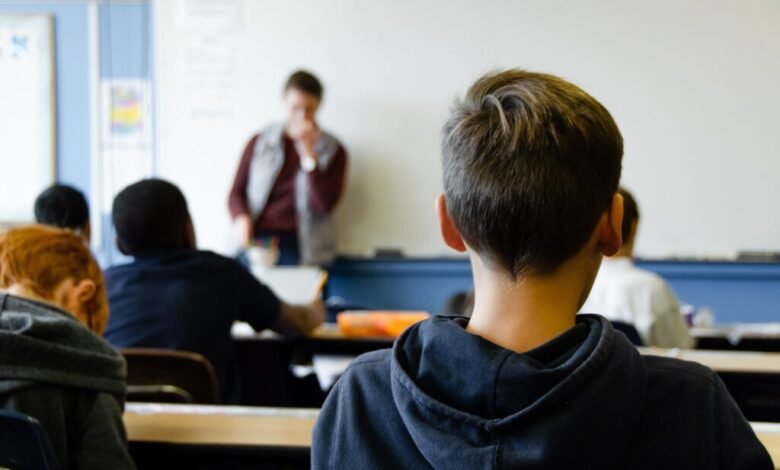Six Strategies to Prevent Violence Against Children in Schools

Globally, one billion children experience violence each year, and schools are among the most common settings. In Lebanon, new research by International Alert, in partnership with Basmeh & Zeitooneh, Center for Lebanese Studies, Damma Foundation, and Sawa for Development and Aid, has revealed alarming findings: 75% of children aged 7–12 have witnessed violence in the past year, and 50% have been bullied.
These findings are especially concerning because the children attended NGO-run learning centres, places generally considered safer than public schools due to their strong child protection policies and better-trained staff.
Six Strategies to Reduce Violence Against Children
Recognizing the complexity of violence against children, International Alert and its partners tested six interconnected strategies to create safer, more supportive learning environments:
1. Peace Education
Peace education sessions helped children build empathy, communication, and conflict-resolution skills. After a 24-week program, 97% of children aged 6–11 learned to resolve disputes peacefully.
In areas like Tripoli, where inter-community violence was common, children from different backgrounds began playing together, and teachers reported a significant drop in aggression and tension both in school and at home.
2. Integrating Violence Prevention into Regular Lessons
To ensure sustainability, violence prevention topics were woven into standard lessons on literacy, numeracy, and life skills. This approach helps teachers strengthen classroom trust and reduce bullying while allowing students to progress academically.
3. Teacher Training and Peer Learning
Teacher development is central to prevention. Training focused on classroom management, handling learning difficulties, and fostering inclusive environments.
Peer-to-peer reflection sessions enabled teachers to share experiences, develop strategies, and focus on their own well-being, a crucial yet often overlooked factor in preventing school violence.
4. Linking Child Protection and Classroom Practice
Many NGO-run centres have strong child protection systems, but prevention must start in the classroom. Teachers were encouraged to take an active role when witnessing bullying or violence, collaborating with child protection teams rather than leaving incidents solely to them.
This teamwork ensures immediate response and follow-up while modeling accountability for students.
5. Engaging Caregivers and Communities
Changing social norms requires the involvement of parents and community leaders. Positive parenting sessions taught parents communication and empathy, leading to improved family relationships.
Community events, such as storytelling, art exhibitions, and sports, united Lebanese, Syrian, and Palestinian families and helped address issues like bullying and harassment in and around schools.
6. Generating and Sharing Evidence
Continuous data collection and research are vital for understanding the scope of violence and identifying what works to prevent it. While prevention programs increased children’s awareness and willingness to seek help, many still hesitate to report violence.
This highlights the need for ongoing advocacy and education to normalize non-violent communication and encourage openness.
The findings make one thing clear: violence against children remains widespread, even in settings meant to protect them. Sustainable change requires a holistic, community-based approach that empowers teachers, engages families, and transforms harmful social norms.




